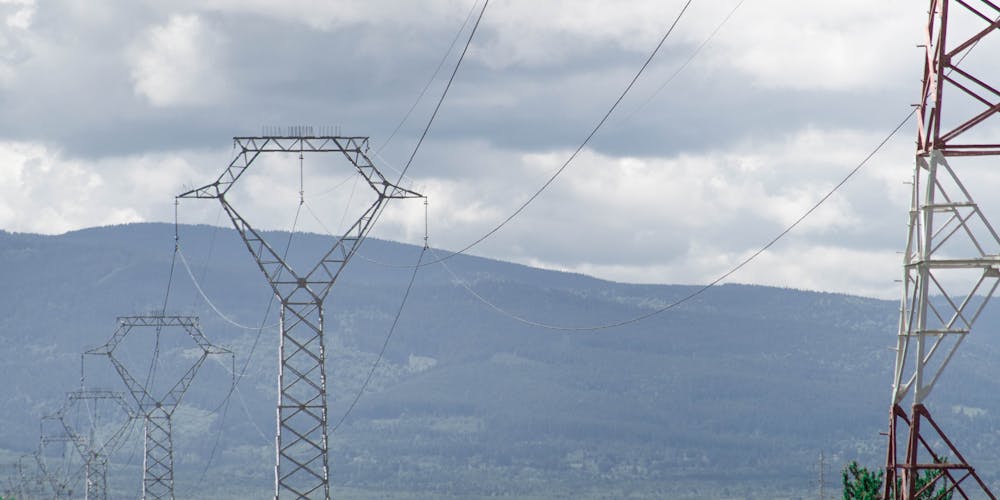The recent electric price increase 4.5% in Vietnam has sent ripples through the nation’s economy and society, marking a significant shift in the country’s energy pricing landscape. This adjustment, implemented on November 9, 2023, has raised the average electricity cost to over 2,000 VND (approximately 8.2 US cents) per kilowatt-hour, representing the second price hike in 2023. This change reflects broader economic challenges, including rising production costs and increased energy demand during the recent summer months.
Impact on Household Economics and Consumer Behavior

The implementation of electricity price adjustments has created a complex web of effects on Vietnamese households and their daily lives. This change has prompted a fundamental shift in how families approach their energy consumption and budget management, leading to various adaptations in lifestyle and spending patterns.
Household Budget Restructuring
The immediate impact on household budgets has forced many Vietnamese families to reassess their spending priorities. Middle-income households typically allocate 8-12% of their monthly budget to utility bills, and this increase has pushed that percentage higher.
Consumer behavior studies indicate that families are adopting more conscious approaches to energy usage, with many implementing strict energy-saving measures. This includes investing in energy-efficient appliances and making structural modifications to their homes to reduce electricity consumption.
The psychological impact of higher utility bills has led to increased financial stress among lower-income households, particularly in urban areas where electricity consumption tends to be higher due to air conditioning and modern appliances.
Changes in Daily Energy Consumption Patterns electric price increase 4.5% in vietnam
Vietnamese households have begun showing marked changes in their daily routines to accommodate the new pricing structure. Peak hour usage has seen a noticeable decline as families adjust their schedules to take advantage of lower-rate periods.
The shift has sparked innovation in household energy management, with many families investing in smart meters and energy monitoring systems. This technological adoption helps them track and optimize their electricity usage more effectively.
Communities have also started forming energy-saving initiatives, sharing best practices and supporting vulnerable members who struggle with the increased costs.
Adaptation Strategies and Solutions
Innovative solutions have emerged as households seek ways to minimize the impact of higher electricity costs. Many families are turning to alternative energy sources, with a growing interest in residential solar panel installations.
The market for energy-efficient appliances has seen significant growth, with consumers showing increased willingness to pay premium prices for products that promise long-term savings on electricity bills.
Community-based initiatives have also gained traction, with neighborhood groups organizing bulk purchases of energy-efficient products and sharing resources to reduce individual household costs.
Economic Implications for Business and Industry
The ripple effects of the electricity price increase have significantly impacted Vietnam’s business landscape, particularly affecting manufacturing and service sectors that rely heavily on power consumption.
Manufacturing Sector Adjustments
Vietnam’s manufacturing sector, a crucial component of the country’s economic growth, has faced immediate challenges in adjusting to the new energy costs. Large-scale manufacturers have begun implementing comprehensive energy audit programs to identify potential savings.
Production schedules are being reorganized to maximize energy efficiency, with some facilities shifting to overnight operations to take advantage of lower electricity rates. This has led to changes in workforce management and operational strategies.
Small and medium-sized manufacturers are exploring collaborative approaches, sharing resources and facilities to optimize energy usage and maintain competitive pricing structures.
Impact on Service Industries
The service sector, particularly hospitality and retail, has experienced significant pressure to maintain profit margins while absorbing increased operational costs. Many businesses are investing in energy-efficient lighting and climate control systems.
Hotels and restaurants are implementing new energy management protocols, including motion sensors for lighting and automated temperature control systems. Some establishments have begun offering “eco-friendly” options that appeal to environmentally conscious consumers.
The technology sector has seen increased demand for energy management solutions, creating new business opportunities in this niche market.
Business Innovation and Adaptation
Companies across various sectors are developing innovative approaches to energy consumption. This includes the adoption of renewable energy sources and the implementation of smart grid technologies.
Investment in research and development for energy-efficient technologies has increased, with many businesses viewing this as an opportunity to gain competitive advantages in an increasingly environmentally conscious market.
Strategic partnerships between businesses and energy service companies have emerged, focusing on implementing comprehensive energy management solutions.
Environmental and Sustainability Considerations
The price increase has catalyzed a broader discussion about environmental sustainability and Vietnam’s energy future, prompting both challenges and opportunities for positive change.
Renewable Energy Development
Vietnam’s renewable energy sector has gained momentum, with increased interest in solar and wind power projects. Government incentives and private sector investments are driving the expansion of clean energy infrastructure.
The development of microgrids and community-based renewable energy projects has accelerated, providing alternatives to traditional power sources. These initiatives are creating new jobs and fostering technological innovation in the renewable energy sector.
Local communities are increasingly participating in renewable energy projects, leading to greater awareness and support for sustainable energy solutions.
Environmental Impact Assessment
The price adjustment has led to reduced energy consumption in many sectors, contributing to lower carbon emissions. Studies show a correlation between higher electricity prices and decreased environmental impact.
Industries are implementing more stringent environmental management systems, focusing on both energy efficiency and broader environmental protection measures. This has resulted in improved air quality and reduced waste in industrial areas.
The shift towards more sustainable practices has created positive spillover effects in areas such as waste management and water conservation.
Future Sustainability Planning
Long-term sustainability planning has become a priority for both public and private sectors. Organizations are developing comprehensive environmental strategies that extend beyond energy consumption.
Educational institutions are incorporating sustainability principles into their curricula, preparing the next generation for a more environmentally conscious future. This includes practical training in renewable energy technologies and sustainable business practices.
Government agencies are strengthening environmental regulations and enforcement mechanisms, ensuring that economic development aligns with sustainability goals.
Conclusion
The electric price increase 4.5% in Vietnam represents a pivotal moment in the country’s economic and environmental development. While presenting immediate challenges for households and businesses, it has also accelerated the adoption of sustainable practices and innovative solutions. The long-term implications of this change extend beyond simple economic adjustments, potentially catalyzing a broader transformation towards a more sustainable and energy-efficient future for Vietnam. The success of this transition will depend on continued collaboration between government, business, and society, along with sustained commitment to environmental stewardship and economic adaptation.
Sourcing: vnexpress.net




